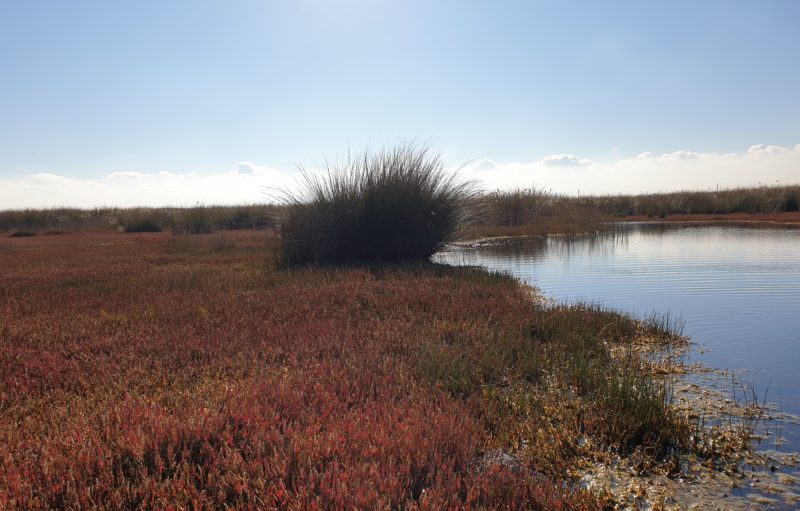NEWS 07 June 2022 |
Every day the ancient habitats of endangered wildlife are trampled in the Alpine National Park and Barmah Forest. Decades of impeccable science show that the hard hooves of horses, along with grazers like deer and pigs, are causing long-lasting damage.
State and national laws, backed by international agreements, all call for feral animals to be controlled in national parks. Horses are a domestic farm animal, and have no place in one of our most vulnerable and prized natural areas.
We welcome the Victorian Government Protection of the Alpine National Park: Feral Horse Action Plan 2021, released in November 2021. This ten-year plan to manage feral horses in the Alpine National Park and adjacent state forests is vital if we are serious about both restoring and preventing further damage to these intricate landscapes.
The alpine landscape is extremely rare, representing just 0.3 per cent of the Australian land area. Its survival is threatened by the impacts of introduced hard-hooved animals such as deer, pigs and horses.
Increases in the size and distribution of feral horse populations and the impact of the Black Summer bushfires on native wildlife habitats mean the feral horse population within the Alpine National Park requires urgent action.
The Feral Horse Action Plan 2021 follows the Protection of the Alpine National Park – Feral Horse Strategic Action Plan 2018-21, building on previous feral horse management experience, public consultation in 2018 and 2021, and with independent veterinary, welfare and ecology experts.
There are over 20 plants and animals listed as threatened by Barmah’s feral horses. These are wetlands of international significance, and deserve vigilant, well-informed management.
We also welcome the Strategic Action Plan: Protection of floodplain marshes in Barmah National Park and Barmah Forest Ramsar site, released in February 2020. The plan outlines a four-year program to address threats in the Barmah Forest and protect it for current and future generations.
Barmah Forest supports nearly 300 native species of birds, fishes, reptiles, frogs and other animals and more than 500 kinds of native plants. This plan will better protect many endangered or vulnerable animals and plants – like the Australasian bittern, Superb parrot, Murray cod, Silver perch, Trout cod, Mueller daisy and Swamp wallaby grass – that depend on the health of this internationally significant wetland.
Years of drought, flood and fires have also seriously affected the welfare of the horses themselves, with many dying of starvation.
The Australian wild is no place for a domestic animal like the horse.
